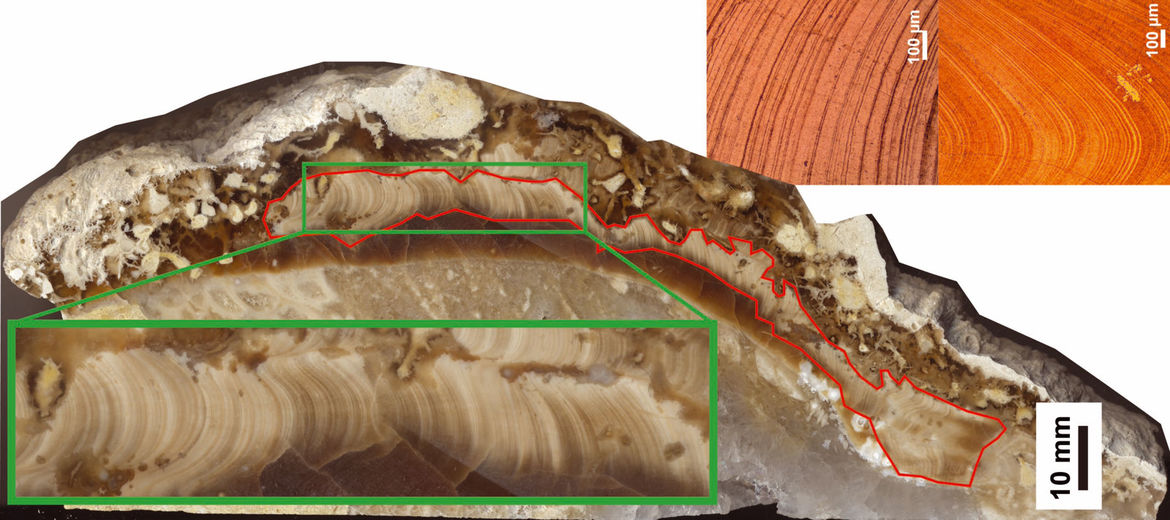Note4Students
From UPSC perspective, the following things are important :
Prelims level: Torreites sanchezi, Leap Year
Mains level: Evolution in the spin of earth and various factors affecting it

Earth spun 372 times a year 70 million years ago, compared to the current 365. This means the day was 23½ hours long, compared to 24 today.
Faster Earth in the olden days
- It has long been known that Earth’s spin has slowed over time.
- Previous climate reconstructions, however, have described long-term changes over tens of thousands of years.
- The new study looked at daily and annual variations in the mollusc shell.
About the Mollusc
- A mollusc is an invertebrate of a large phylum which includes snails, slugs, mussels, and octopuses. They have a soft unsegmented body and live in aquatic or damp habitats, and most kinds have an external calcareous shell.
- The ancient mollusc, Torreites Sanchez, belonged to an extinct group called rudist clams.
- At 70 million years ago, it belonged to the Late Cretaceous — it was around the time this epoch ended, some 65 million years ago, that dinosaurs went extinct.
How did researchers conclude this variation?
- Torreites sanchezi grew very fast, laying down daily growth rings.
- Using lasers on a single individual, scientists sampled tiny slices and counted the growth rings accurately.
- This allowed them to determine the number of days in a year 70 million years ago, and more accurately calculate the length of a day.
Significance of the research
- It is important to note that the period of Earth’s orbit has remained the same. In other words, one year 70 million years ago was as long as one year today.
- However, if there were a calendar then, the year would have been 372 “days” long, with each “day” half-an-hour shorter than one day today.
- Today, Earth’s orbit is not exactly 365 days, but 365 days and a fraction, which is why our calendars have leap years, as a correction.
The Moon’s retreat
- Friction from ocean tides, caused by the Moon’s gravity, slows Earth’s rotation and leads to longer days.
- And as Earth’s spin slows the Moon moves farther away at 3.82 cm per year.
- If this rate is projected back in time, however, the Moon would be inside the Earth only 1.4 billion years ago.
- This new measurement, in turn, informs models of how the Moon formed and how closes it has been to Earth over their 4.5-billion-year gravitational relationship.
Get an IAS/IPS ranker as your 1: 1 personal mentor for UPSC 2024
